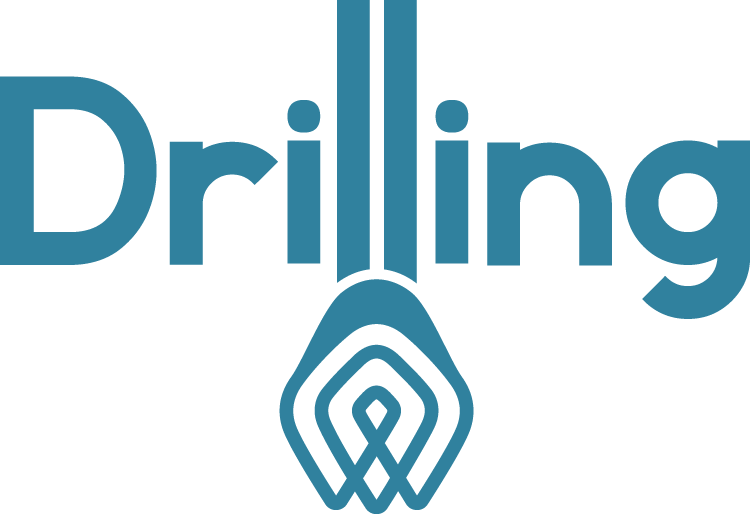Leading and New Technologies 2
Thursday, 6 March
Room 4
Technical Session
In the ever-evolving field of oil and gas, innovative technologies are continuously being developed to enhance operational efficiency, safety, and cost-effectiveness. The following abstracts highlight groundbreaking advancements in well construction, surveillance, and subsea operations:
- Floating Drift Technology Introduction To Improve Completion String Integrity, Operational Safety And Cost Performance: This paper introduces a floating drift technology designed to ensure the dimensional conformance of completion strings, reduce non-productive time (NPT), and enhance operational safety and cost performance during well construction. Field trials demonstrated significant rig time savings and minimized risks associated with slickline drifting.
- Pre-abandonment De-risking Using Fibreline: This study focuses on using disposable fibre optic technology for well surveillance in an oilfield in the Danish sector of the North Sea, set for decommissioning in the next 5-8 years. The technology effectively identified well integrity issues with minimal operational footprint, allowing for continued production operations.
- Slot Recovery Based On 3D Dubins Curve Method: This paper discusses the use of the 3D Dubins curve method to optimize well trajectories for slot recovery, enhancing oil recovery by drilling sidetracks from existing wells to new reservoir locations. The method demonstrated computational efficiency and flexibility, showing promise for future use in autonomous steerable drilling systems.
- Successful Utilization Of Floatation Collar Tool To Reduce Drag Force And Enhance Running Completion In Unconventional Long Lateral Wells: This paper highlights the use of a floatation collar tool to address extreme drag and buckling risks in unconventional wells with long laterals. The tool significantly increased the probability of reaching target depth in challenging wells, reducing running time and costs.
- Implementation Of eVXT At Equinor’s Fram South Project: The Fram South project is the first Equinor initiative to use electrically controlled subsea X-mas trees (eVXT), aiming to enhance efficiency and safety in subsea operations. The paper details Equinor’s comprehensive approach and the benefits of AES systems, supported by observations from eVXT testing.
-
0130-0155 223783Slot Recovery Based On The 3d Dubins Curve Method
-
0155-0220 223776Successful Utilization of a Floatation Collar Tool to Reduce Drag Force And Enhance Running Completions in Unconventional Long Lateral Wells
-
0220-0245 223796Implementation of EVXT at Equinor’s Fram SØR Project
-
0245-0310 223810A Comparative Study of Fishbone Wells and Multi-Fractured Horizontal Wells for a Tight Carbonate Reservoir Case Study of The Sadi Formation in Iraq
 SPE/IADC International Drilling Conference and Exhibition
SPE/IADC International Drilling Conference and Exhibition



